Genetic Treatments
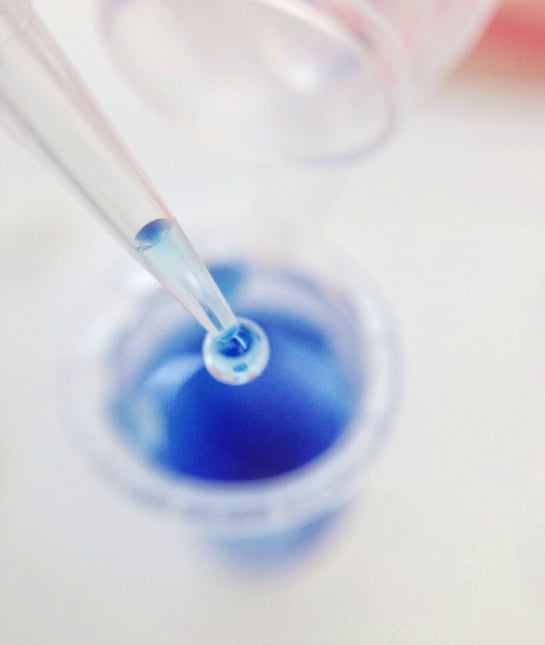
Technology and science can be a mixed bag when it comes to impacting our lives. Some innovations make us lose our jobs, our attention spans or our ability to navigate streets without a GPS. But other kinds not only enhance our lives—they prolong it. Here are 7 recent breakthroughs in technology and health science that could help us live longer, happier, more productive lives.
The Centers for Disease Control and Preventions estimates that at least 23,000 people die every year from superbug infections they picked up in a hospital. These superbugs have become resistant to antibiotics, but scientists now think they may be able to treat the drug-resistant strains through recoding the bugs' DNA, a breakthrough that could also help medical professionals more quickly identify MRSA, C-diff and streptococcus pneumonia.
Gamma Knife
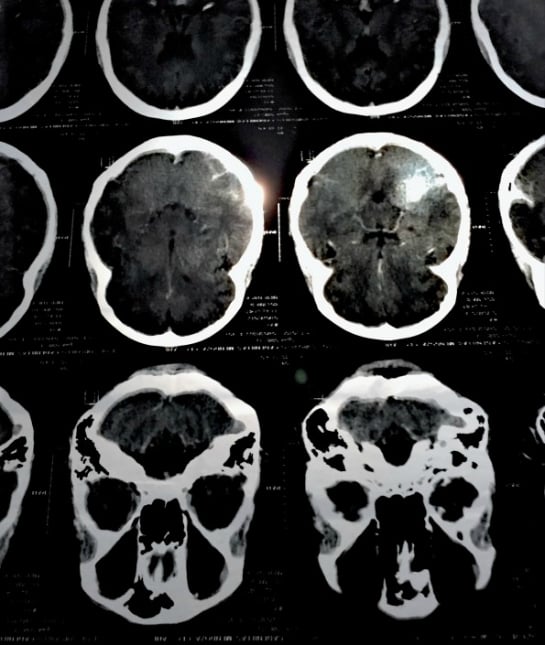
Stereotactic radiosurgery is a big breakthrough in treating brain and spine tumors, which are hard (sometimes impossible) to reach in traditional surgery. Instead of creating an incision through skin and bone, doctors treat tumors of the brain and spine using a GammaKnife, a Perfexion, a CyberKnife or any of the other 3-dimensional radiosurgery tools that deliver radiation to a target without damaging surrounding tissue. Recovery is faster and the radiosurgery is performed as an outpatient treatment.
Cancer Vaccines
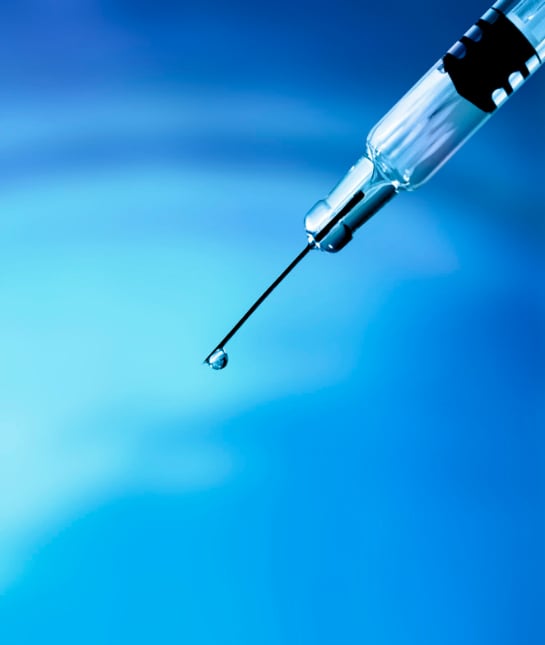
Vaccines, an old-school and effective form of preventing disease, have gotten an update recently. Now, there are a number of cancer vaccines widely available and proven effective, and health experts recommend all girls get vaccinated against human papillomavirus (HPV) which is sexually transmitted and can lead to cervical cancer.
Less successful are vaccines that treat cancer. Medicine is still waiting for a breakthrough, but evidence appears to show promise.
Better Medicine
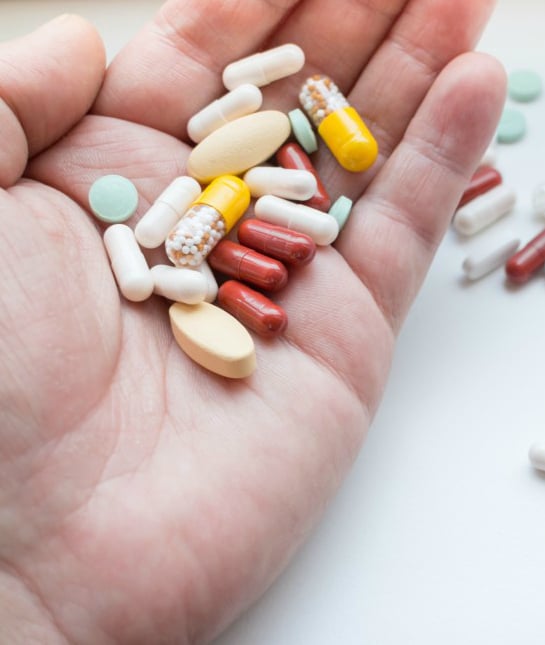
Half of all people with diabetes die from cardiovascular disease. As they get older, the chances rise even more. But two new medicines may wind up reversing that risk. Empagliflozin works with the kidneys in slowing or changing the progression of heart disease. Liraglutide works with other organs to slow deterioration of the cardiovascular system. While Type 2 diabetes remains stubbornly on the rise, these new pharmaceutical breakthroughs may prolong the lives of diabetics and help them live longer lives.
Tiny Robots
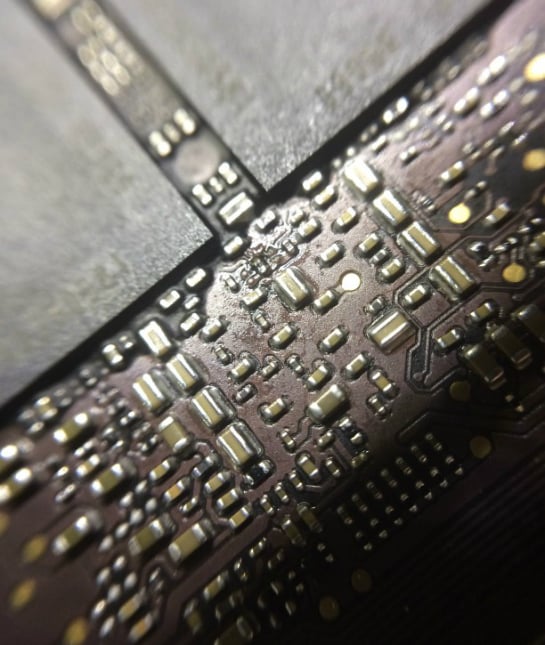
Robots big and small have changed how medicine and medical treatment is delivered, in ways that make science fiction more of a reality. In addition to robots performing surgeries, which are controlled remotely by medically trained professionals, highly precise, automated and artificially intelligent machines are allowing surgeries with much smaller incisions, reducing the rates of infection, recovery time and damage to surrounding tissue.
Still other robots—tiny ones—are being released inside bodies, where they can deliver medicine to highly specific and targeted areas.
Scannable Food Info

As people more away from processed foods and toward more whole and wholesome choices, we're often hearing that "food is medicine." In fact, good nutrition can not only prevent some illnesses, it makes you feel good and be healthier in general.
But it's not always easy to know the nutrition profile of different fruits and vegetables, or whether something contains gut-destroying gluten or lactose (your mileage may vary!). Which is why food scanners have become a real breakthrough in living better and treating your own ailments. Right now, companies like Scio, Tellspec and Target have working apps that scan and deliver nutrition information about different foods. As this technology develops, we'll soon be able to scan a steak or clementine (or slice of heavily frosted cake) and understand how much of what is in it and whether it's safe to eat.
Fitness Wearables

Technology in fitness has also been a huge health breakthrough. Trackers and smart watches monitor our daily activity, giving us real-time feedback on whether we've been too sedentary, how many more steps or staircases we need to walk to reach our goals, how many calories we've burned and what our heart rate was while doing it. These wearables have changed how we think about fitness, and given us the incentive and awareness to get off the couch and get fit.




